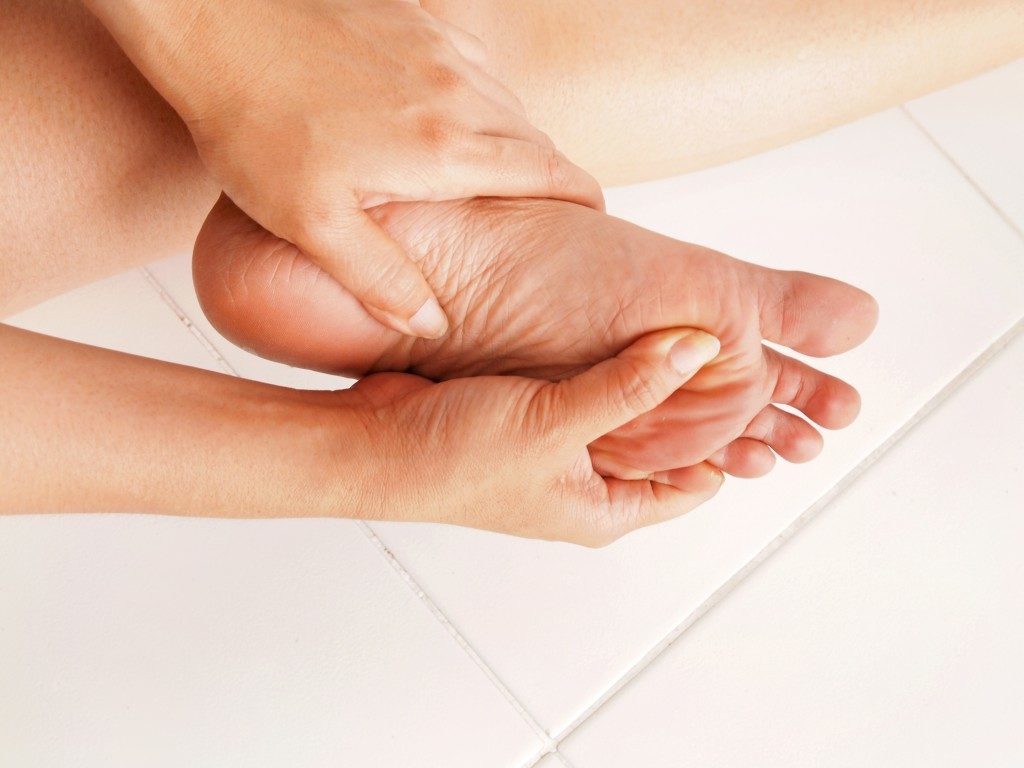Your toes are often moist and damp making it a haven for yeasts, fungi, and molds. Thus, a lot of people develop toenail fungus or onychomycosis at some point in their life. Nail fungal infection can be challenging to cure as they don’t heal without a proper and consistent anti-fungal treatment. The signs of fungal nail infection are not noticeable at first but can get obvious while it progresses.
Without toenail fungus treatment, the nail can undergo discoloration and turn to off-white, yellow-brown, black, or green. It can be distorted and become thicker, making it difficult to file and trim. When fungi build up under the toenail, it can separate your nail from the bed and cause it to detach completely. The infection can also cause pain and discomfort when you put pressure on the affected area. In some instances, the skin surrounding the infected nail can become itchy, swollen, and cracked.
Fungal nail infection is contagious, and it can be transmitted through direct contact with infected materials such as socks and shoes. You can also get it by walking barefoot over communal areas like swimming pools, locker rooms, nail salons, and gym showers. These places have a high density of yeast or fungus, and the spores can enter your nail through small cracks in the nail or the nearby skin. While anyone can get toenail fungal infection, some people have higher odds of developing the condition. Age, genetics, gender, overall health, and lifestyle habits can make you more susceptible to onychomycosis.
Genetics
Several nail problems run in families, and some people can carry genes that are more sensitive to fungus. These people usually get nail infection at a younger age and develop the infections repeatedly.
Age

Older adults are more likely to have onychomycosis compared to young children. The American Academy of Family Physicians reports that the condition is most common to men over 60 years old.
Pre-existing health condition
Some illnesses can increase the risk of a toenail fungal infection. Some of these diseases include diabetes, HIV, or other medical conditions that compromise your immune system or can cause poor blood circulation. Individuals who are on prolonged steroid therapy and those who are malnourished are also more prone to acquiring the infection.
Boots
Your shoes play a vital role in your feet health. If your job requires you to wear boots, it can make you at risk of fungal infection. Fungi thrive in dark, moist, and poorly ventilated areas. Your boots can create a conducive environment for these opportunistic culprits to grow and develop.
Nail polish
While nail polish takes your toes to the next level, it can encourage the development of toenail fungus. Dense nail polish blocks light and creates a perfect environment for fungal growth. If you are getting a pedicure at a salon, make sure that all tools are sanitized. The fungus can be transferred through contaminated clippers, nail files, and footbaths.
Some patterns of nail fungal infection are hard to distinguish because they mimic the symptoms of other conditions like trauma and psoriasis. Thus, it is crucial to take care of your toes and visit your doctor right away if you notice symptoms or abnormalities in your nail. It can take months to a year before the infection goes away. So the earlier you get diagnosed, the earlier you’ll be given treatment.

